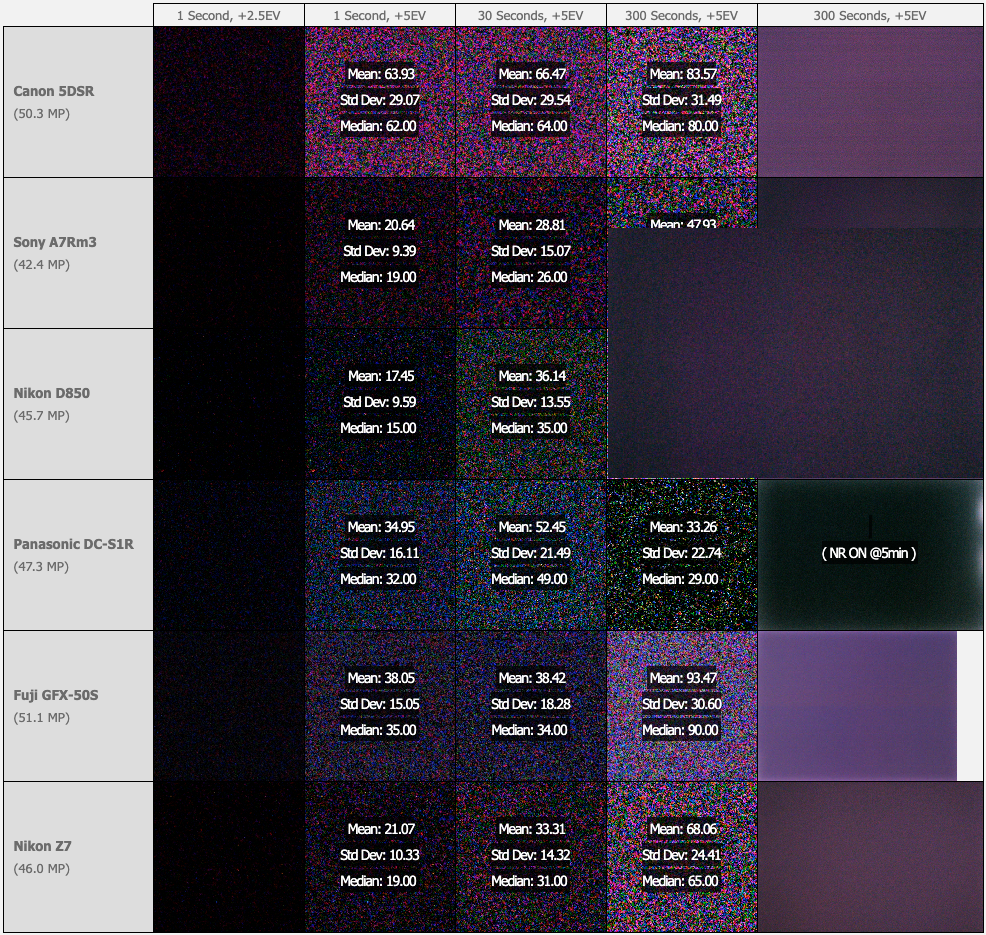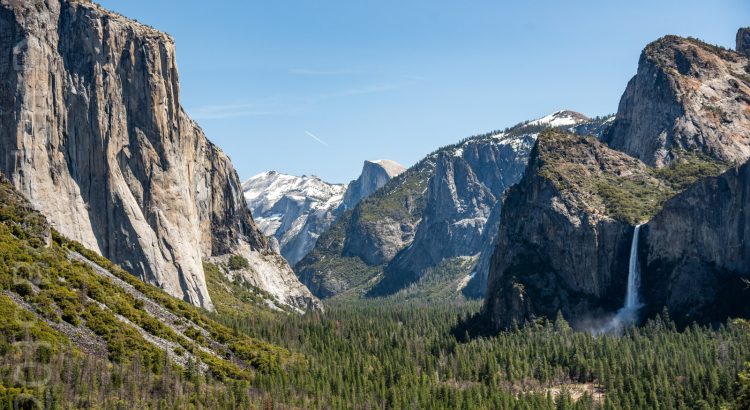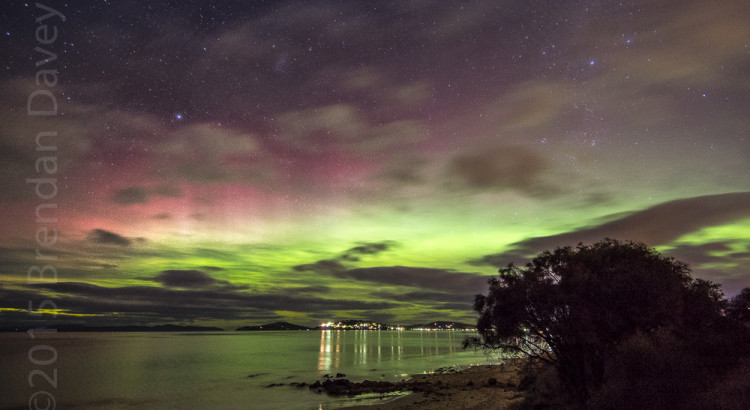There always has been two schools of thought on just how many mega pixels (MP) you need in a camera. This issue seems to divide the photographic community to no end. In the first camp we have those that are of the opinion ‘I would be happy with just 4-8MP if it was sharp and clear with no noise’, while in the second we have the ‘More MP is better’.
I think both parties are correct, in fact the latter party once they have their high MP camera will use noise and clarity as criteria 2 for deciding on their purchase, or they will be willing to trade off a few MP to get lower noise.
Why do I think both parties are correct?, well it all depends on what you are going to use the photos for. If your printing 8×10’s or using them on a digital picture frame you don’t need anything above 8MP, in fact 2MP is enough for 5×7 or digital frame. 8MP will go to A3 or even A2 size with no problems, there may not be as much detail at that size and the details may be as low as 100 dots per inch (DPI), but at A2 most people don’t examine a picture closely, you must step back to appreciate it. In my opinion 10MP at A1 is acceptable for most subject matter. Most wedding photographers for example have 99% of there prints done at 8×10 or less, so 8-10MP is more than enough.
Why should I get a high MP camera then? Well it all depends on your subject matter. I mainly shoot landscapes, and I print them very large, A1, A0 or bigger. At these sizes with this subject matter people like to get up close and look at the finer details in pictures, ‘what is that? is it a shell?’. I have printed 21MP images up to 2m wide and at this size I would consider it the limit for my type of subject matter. Most serious landscape photographers printing at very large sizes are still using medium format or large format film and having them converted to digital, providing them with 40-80MP of data for medium format, and more for large format. It is also fair to say that if shown a 10MP A1 image next to a 21MP A1 image you could tell which one is of higher clarify. The question you must ask yourself is, will I be printing at A2+ sizes? and if that 1 in 1000 shot is going to be at that size, would I be happy with the clarity? How close will people be viewing the picture?
If your print was printed to billboard size you would not walk up and look at it from 1 foot away would you? most billboards pictures are as low as 10DPI.
Print size and viewing distance are the most important factors when considering how many MP you need.
Optimal Viewing Distance: Viewing Distance = 1.5 x Diagonal of the Print.
The DPI or pixels per inch (ppi) needed for a print with acceptable quality is determined by dividing 3438 by the viewing distance.
| Megapixels |
Pixel
Dimensions |
|
Size |
PPI
Needed |
Actual
PPI |
Print
Quality |
| 6 |
3008 x 2000 |
|
4″ x 6″ |
313 |
501 |
Excellent |
| 8″ x 12″ |
156 |
251 |
Excellent |
| 16″ x 24″ |
80 |
125 |
Excellent |
| 7 |
3072 x 2304 |
|
4″ x 6″ |
313 |
512 |
Excellent |
| 8″ x 12″ |
156 |
256 |
Excellent |
| 16″ x 24″ |
80 |
128 |
Excellent |
| 8 |
3264 x 2448 |
|
4″ x 6″ |
313 |
544 |
Excellent |
| 8″ x 12″ |
156 |
272 |
Excellent |
| 16″ x 24″ |
80 |
136 |
Excellent |
| 10 |
3888 x 2592 |
|
4″ x 6″ |
313 |
648 |
Excellent |
| 8″ x 12″ |
156 |
324 |
Excellent |
| 16″ x 24″ |
80 |
162 |
Excellent |
As you can see 10MP is more than enough to print to 16×24 at over twice the acceptable PPI for the normal viewing distance.
See this article for more information about print size and view distance.
There are other considerations to take into account when determining the best PPI, these include: Viewing conditions, Delivery Media (Paper, Canvas, Digital Frame), Subject Matter, Noise (grain) and Brightness. Once you have the required MP for your subject and media, the next most important factor is noise or ISO performance, and this like MP is determined by the camera, all of the other points listed above the photographer has some control over except MP and noise. You can’t add MP, or improve the noise the sensor will create (without changing your exposure or shooting style), and this is why the two groups in photography are more MP and/or better noise at higher ISO’s.
So in conclusion if your printing normal subject matter at normal sizes to be viewed at a normal distance an entry DSLR will be more than enough, especially considering you would be struggling to buy a new camera with less than 14MP. If your going to want to do larger prints where the viewing distance may by varied or closer than normal then get a larger MP camera, or consider a medium format camera.


